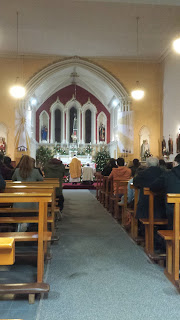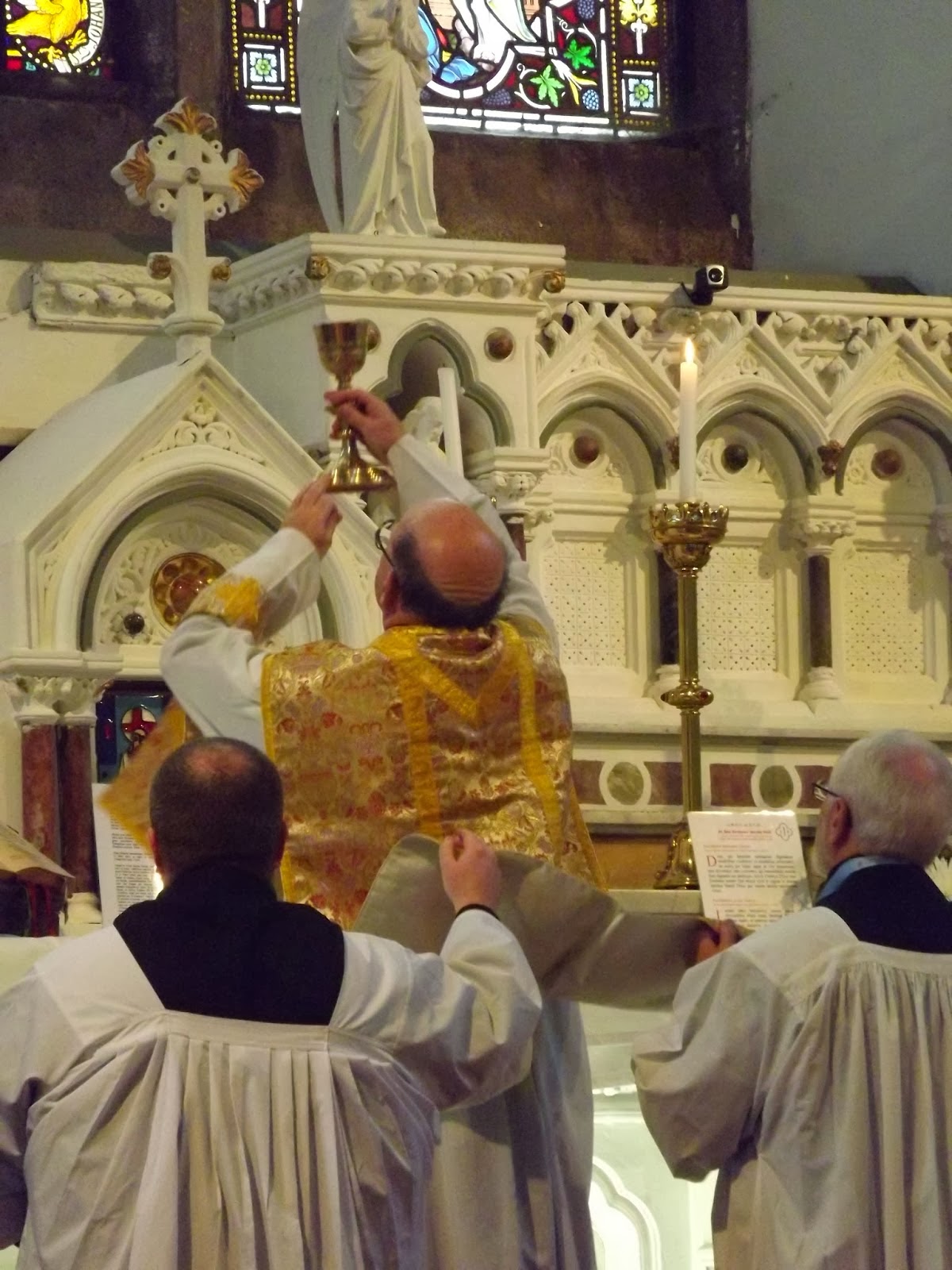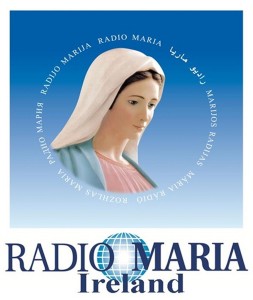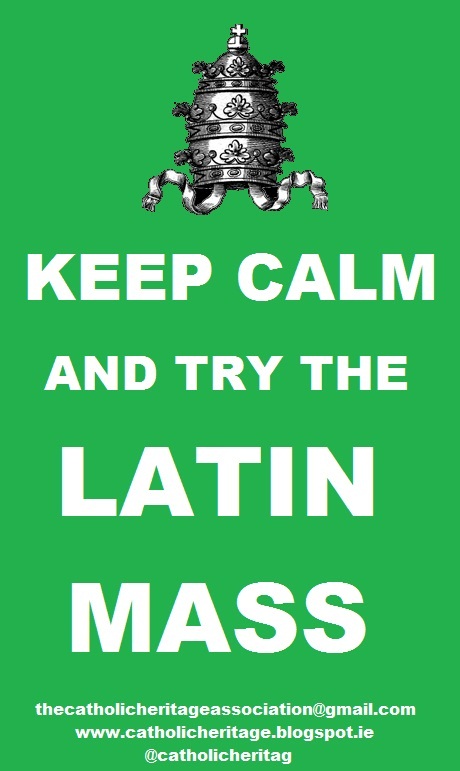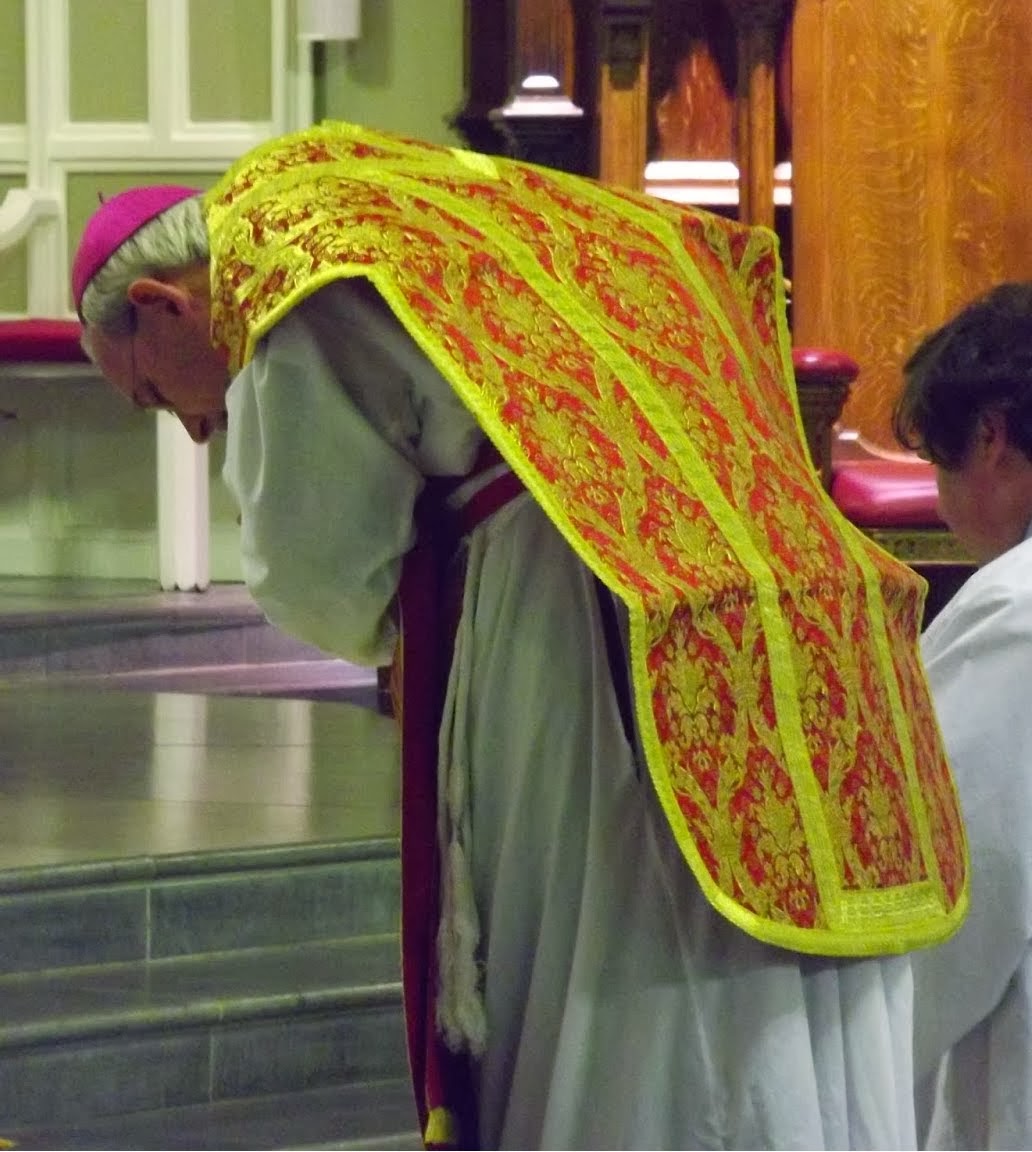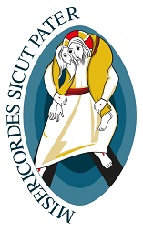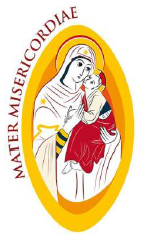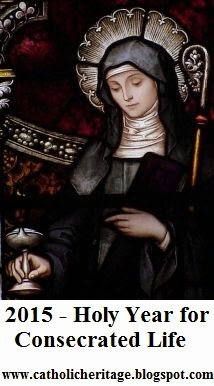Among the several daughters of St. Brigid renowned for sanctity stands St. Blath (orse St. Flora) of Kildare. St. Blath is commemorated, if she is remembered at all, on 29th January. She was a lay-sister in the Convent of Kildare founded by St. Brigid.
As cook of the Convent, she earned a reputation not only for her heroic sanctity and her personal devotion to her foundress but also for her cooking. It is said that, under the care of St. Blath, the bread and bacon at St. Brigid's table were better than a banquet elsewhere.
She is recorded as having been born to heaven in the year 523, about two years before the death of the great St. Brigid.
At the risk of a pun or an anachronism, it might be said that St. Blath was the Little Flower of Kildare.
St. Blath of Kildare, pray for us!
Let Not Your Heart Be Troubled
-
Homer, *Odyssey* 13.362 (Athena to Odysseus; tr. A.T. Murray):
Be of good cheer, and let not these things distress thy heart.
θάρσει, μή τοι ταῦτα μετὰ φρ...
12 hours ago













